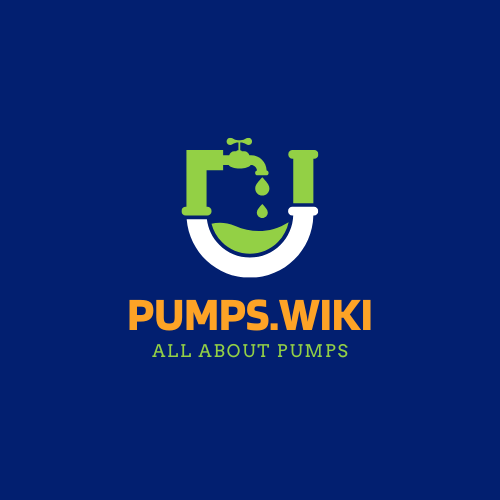Steam condensate sump pumps are sophisticated hydraulic systems designed to efficiently collect, manage, and return condensed steam back into boiler systems. These critical industrial components play a vital role in maintaining thermal efficiency, preventing energy loss, and ensuring optimal performance of steam-based industrial processes by systematically handling high-temperature condensate water.
What Are Steam Condensate Sump Pumps?
Steam condensate sump pumps represent specialized equipment engineered to collect, transfer, and return condensed steam back to boiler systems. These pumps are crucial in industrial settings where steam is used for heating, power generation, or manufacturing processes.
Key Components of Steam Condensate Sump Pumps
| Component | Function | Material Considerations |
|---|---|---|
| Receiver Tank | Collects condensate | Steel, Cast Iron |
| Pump Mechanism | Transfers condensate | Bronze-fitted, Stainless Steel |
| Motor | Drives pump operation | Single/Three Phase |
| Valves | Control flow direction | High-temperature rated |
How Do Steam Condensate Sump Pumps Work?

Steam condensate sump pumps operate through a systematic process:
- Condensate Collection
- Steam loses energy and transforms into hot water
- Collected in a specialized receiver tank
-
Temperature typically ranges between 180-250°F
-
Pressure Management
- Utilizes pressure differential mechanisms
- Handles discharge pressures up to 125 psig
- Ensures efficient condensate return
What Factors Determine Pump Performance?
Flow Rate Considerations
Steam condensate sump pumps vary in performance capabilities:
- Low-Volume Pumps: 2-50 GPM
- Medium-Volume Pumps: 50-250 GPM
- High-Volume Pumps: 250-500 GPM
Motor Power Specifications
Motor selection depends on:
– System requirements
– Condensate volume
– Discharge pressure
– Operating temperature
What Are Installation Best Practices?
Critical Installation Guidelines
- Elevation Placement: Mount above ground level
- Piping Configuration: Minimize friction losses
- Electrical Connections: Match motor specifications
- Ventilation: Ensure proper air circulation
How to Maintain Steam Condensate Sump Pumps?
Maintenance Checklist
- Regular Inspections
- Check level control systems
- Examine motor bearings
-
Verify seal integrity
-
Lubrication Requirements
- Use manufacturer-recommended lubricants
- Follow specified intervals
- Monitor bearing conditions
What Are Common Troubleshooting Techniques?
Potential Failure Modes
- Corrosion prevention
- Seal degradation management
- Motor overheating mitigation
- Pressure system calibration
Conclusion
Steam condensate sump pumps represent sophisticated engineering solutions critical for industrial thermal management. Proper selection, installation, and maintenance ensure optimal system performance and energy efficiency.
